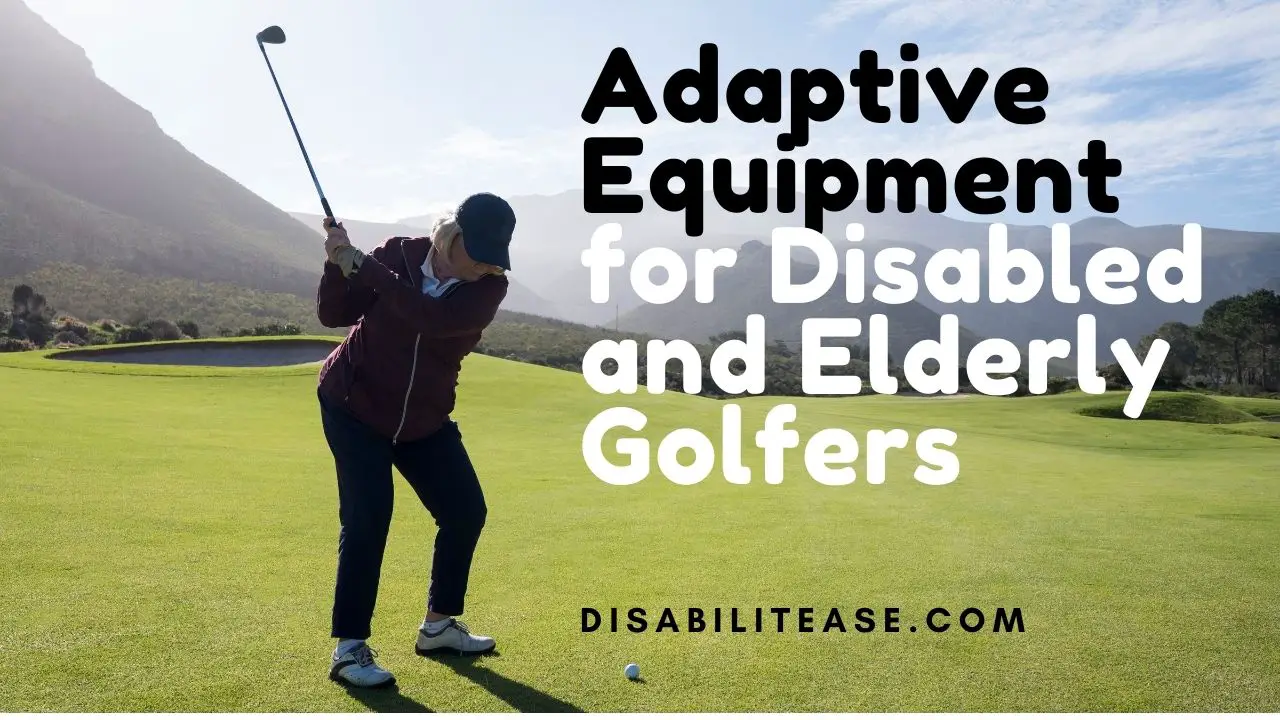The importance of hearing is often underestimated until it is no longer available, and education can be difficult for students who have lived their whole lives without being able to hear.

Teachers must adapt to the students in their classrooms, and working with deaf or hard of hearing students necessitates some changes to traditional teaching methods.
On the other hand, modern techniques are allowing for a smoother transition to traditional education for both students and teachers.
Here is a related article that might interest you on Can A Totally Deaf Person Drive?
Table of Contents
How Do Deaf People Learn Reading and Writing?
Assistive technology is one tool that can help students with disabilities even when there’s a shortage of a special education teacher. Assistive technology tools can now assist students with specific disabilities in learning more effectively.
It is a growing and dynamic field that ranges in sophistication from ‘low’ technologies such as a graphic organizer worksheet to ‘high’ technologies such as smartphone apps and cutting-edge software. Several types of assistive technology and sample products can be found in any given classroom, influencing how students of all abilities learn.
Techniques for Teaching Students with Hearing Loss
A child’s learning progress can be hampered by a lack or loss of hearing, particularly in understanding and producing spoken language. While many theories about which approach is the most effective have emerged over the years, experts agree that the teaching method should be tailored to the individual student’s abilities, needs, and personality. The following are the most common educational approaches:
- Bilingual-Bicultural:
American Sign Language is the only method used in the classroom in this approach. Traditional English is taught by exposing students to printed words on paper.
- Auditory/Oral:
Instead of using sign language, this teaching method teaches the English language through residual hearing and speech.
- Total Communication:
For instruction, this method combines auditory and visual communication. A combination of sign systems, such as American Sign Language, signed English, speech and sign language used concurrently, cued speech, and/or other communication methods, can be used.
- Use of an Interpreter:
Many classrooms with deaf students who sign include an interpreter to facilitate material translation. Deaf students who have grown up with sign language should use it in their daily educational activities.
- Capabilities for Assistive Technology:
Years of research and development have provided educators with wonderful tools for maximizing auditory abilities for students with some hearing loss, such as:
- FM Systems that can broadcast audio from an instructor’s microphone
- C-Print is a computer system that converts speech to text.
- A speech synthesizer is a programme that converts typed words into a speech format.
- System of personal amplification
Here are a few apps that help deaf people learn how to read and write:
1. Ginger

Ginger has several features that can assist students with a hearing disability with their writing. It is also intended for people who do not speak English. Some of the features are as follows:
· Grammar checker that analyses context to identify errors and misspellings. Ginger, for example, can tell whether the words ‘there,’ ‘there,’ or ‘they’re’ should be used in a sentence, which is a common error in writing.
· Tools for word prediction and sentence rephrasing that can help students learn how to properly construct sentences.
· TTS functionality, which allows students to hear what they’ve written.
· A personal trainer who offers practise sessions based on previous results.
Pros:
- It helps to detect and correct mistakes.
- It assists with advanced rephrasing.
- The software can translate your text into forty different languages.
Cons:
- Sometimes it gets stuck and doesn’t correct punctuation mistakes.
2. Math Talk
Math Talk is a math speech recognition software program that can assist students with a variety of disabilities. Students can perform math problems by speaking into a microphone on their computer, from prealgebra to Ph.D. level mathematics.
Features:
- The programme integrates voice-to-text functionality with Dragon NaturallySpeaking programmes, making it ideal for students with fine motor skill disabilities.
- MathTalk also appeals to students with dyscalculia in addition to these audiences.
- The programme works as an electronic math worksheet, allowing the child to organize, align, and solve problems.
Pros:
- You can dictate with accuracy.
- Deaf people can voice math work, and it will get written down itself.
- It’s simple and efficient.
Cons:
- Some people find it too expensive.
3. Sound-Field Systems
Sound-field systems are an excellent choice for classrooms that require assistance with listening for all students. According to ASHA, these systems benefit children with hearing loss and those with other auditory and learning issues such as language delays, central auditory processing disorder, articulation disorders, and developmental delays.
Sound-field systems can also be used to help students who are learning English as a second language.
Features:
- A microphone is used in sound-field systems to project sound through mounted speakers around the classroom.
- Sound can travel evenly throughout space in classrooms with good acoustics, eliminating prodding.
Pros:
- Better learning
- Less repetition
- High vocal comfort
Cons:
- Sometimes the software doesn’t detect words correctly.
4. Kurzweil 3000
The Kurzweil 3000 is a market leader in TTS software for people who struggle with literacy. In addition to a variety of TTS features, the full-featured software program incorporates abilities that can assist students in other areas, potentially appealing to those with non-print disabilities or those who would not normally consider a TTS program. Some of the features are as follows:
· Several TTS voices
· 18 languages and dialects are supported.
· A verbal spell-checker
· Over 40,000 words have picture dictionary graphics.
· Text enlargement
· Test-taking, essay-writing, note-taking, reference, and other tools
The Kurzweil 3000 aims to provide students with a multi-sensory experience.
Pros:
- Web-based learning solution
- It’s useful for people of all languages.
- It makes deaf people learn quickly and makes it easier for them.
Cons:
- It does not support opening on the Kindle format.
5. Ghotit
Ghotit is specifically designed for students who struggle with writing due to loss of hearing or other learning disorders. The name is derived from the word “Ghotit,” a constructed term that illustrates irregularities in the English language. And, because many spellings are counterintuitive, especially for dyslexia, Ghotit is dedicated to assisting children and adults who have difficulty writing correctly.
Features:
- It can learn from the user’s previous mistakes, personalizing suggestions for spelling and grammatical errors.
- Ghotit can predict words, contextually check text passages, read text aloud using TTS technology, and recognize the split and merged words.
- It also includes an integrated dictionary, allowing students to look up words quickly.
Pros:
- It’s a quick and effective application.
- It’s personalized, so it caters to each individual’s needs.
Cons:
- Sometimes it can merge incorrect words, and that can leave users frustrated.
Also, make sure to check out my post on Can Headphones Make You Deaf?
Frequently Asked Questions:
Q1. Can deaf people read and write?
There’s no universal answer to this question. Some deaf people can read and write while others can’t. The methodologies of teaching the deaf can vary as some are taught orally while others are Taught ASL
Q2. Is sign language a universal language?
Different countries have their sign languages, so sign language is NOT universal.

Hi, my name is Eddie, I am a professional trainer specializing in the elderly population and I’m also a website designer. I love training in the gym, going to the beach, traveling, and having good food.
I combined my love for sport and website designing to make “DisabilitEase” whose purpose is to help elderly and disabled people live a more full and active life, have more fun, and enjoy their unique journey despite any disability.



